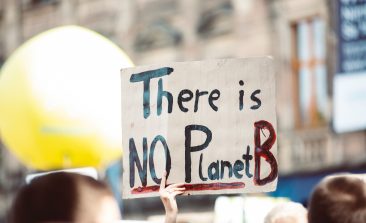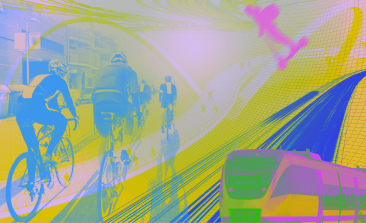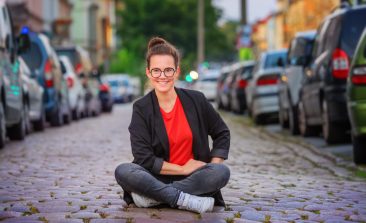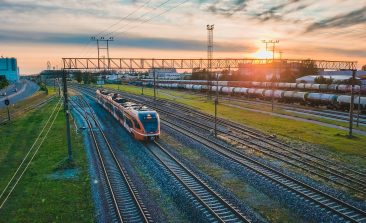Content to: mobility
Reset 2023 Roundup: 5 Impactful Climate Projects to Donate To
Christmas time is donation time! But, with all the choice of wonderful sustainability projects to pick from, how does one choose?
How a New Battery Regulation Should Make Europe’s Batteries More Sustainable
A green future needs sustainable batteries. A new battery regulation in the EU should create better conditions for this in the future. But how does it work?
Mobility Transition: The Multimodal and Interconnected Way of the Future
What will climate-neutral mobility look like in the future? What digital solutions are ready for a systematic mobility transition? And how do we get there? Let's take a look...
How Companies Such as Pendla Are Shaking up the Daily Commute
What if you could reduce your emissions and expenses and make new friends along the way? New ridesharing platforms make this possible.
Can Long Haul Trucks Be Powered Like Trams and Trains?
A new study has explored the feasibility of large scale overhead power line trucking.
Interview: Movement Data Can Improve Sustainable Mobility. But How Do We Keep Our Data Protected?
Mobility-as-a-Service describes a new concept for the mobility of the future. But a lot of work still needs to be done, particularly regarding how we use mobility data.
Interview: “We Created a State With 49 Million Cars — Dismantling It Is a Huge Opportunity”
What does the future of our streets look like? That depends on whether we can part with our cars, thinks Katja Diehl.
Interview: Stadtnavi Herrenberg — Local, multimodal and open source for sustainable mobility
Stadtnavi takes the residents of Herrenberg from A to B multimodally. In an interview, project manager Jana Zieger explains why the city chose an open-source approach.
How Hitch-Hiking Could Help to Solve Germany’s Cargo Problem
Does hitching a ride only work for travellers? Or could ride-sharing for freight solve the sustainability problem of last-mile logistics?








